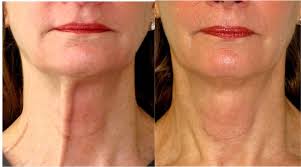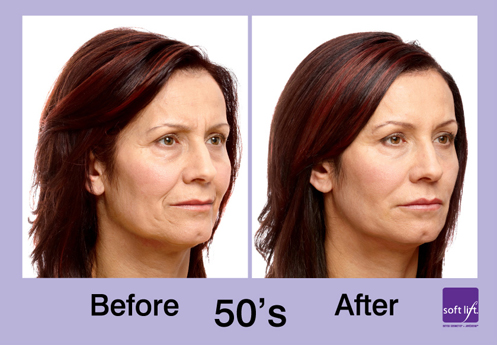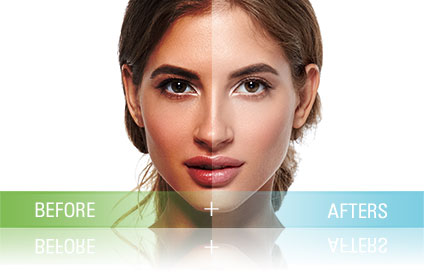-
You are supposed to reapply every 3-4 hours.
Sunscreen starts breaking down as soon as you apply it to the skin. Even if you don’t get wet or sweaty, it pretty much is inactive in 3-4 hours. Reapply! We love Colorescience’s Sunforgettable Brush for easy reapplication.
-
Spray sunscreens are not all that good for you!
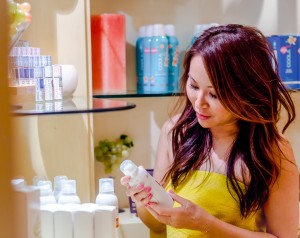
-
If you have a hyperpigmentation condition such as melasma, sunscreens are not adequate protection.
Recent research shows Visible Light, Fluorescent lighting, lamp lights, computer screens, and even infrared light from ovens can worsen conditions such as melasma. Typical sunscreens do not protect against visible light or infrared light. Look for sunscreens that contain iron oxides, such as Colorescience Sunforgettable SPF 50 Brush or CoTZ Sunscreen
-
A SPF 100 is not much more protection
than SPF 50.
The American Academy of Dermatology recommends daily use of SPF 30 or above. Sunscreens with SPF greater than 50 are somewhat misleading, as they do not give you much more protection. A SPF 100 is NOT doubly more effective than SPF 50, its closer to less than 1% more effective.
-
Antioxidant ingredients boost the effect of sunscreens by scavenging free radical damage caused by UV Radiation.
Some of Dr. Chiu and the TDI team’s favorite? La Roche Posay’s Ultralight Fluide 45 and Supergoop’s Antioxidant Infused Sunscreen Mist with Vitamin C SPF 50 (note that this is not an aerosol spray as described in #2 above, but a mist).

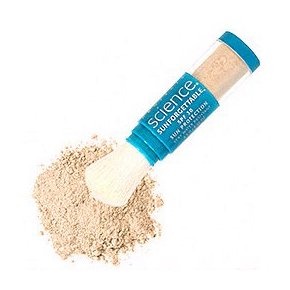
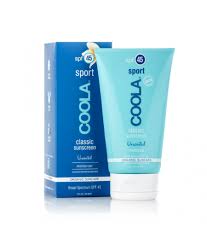 than SPF 50.
than SPF 50.
